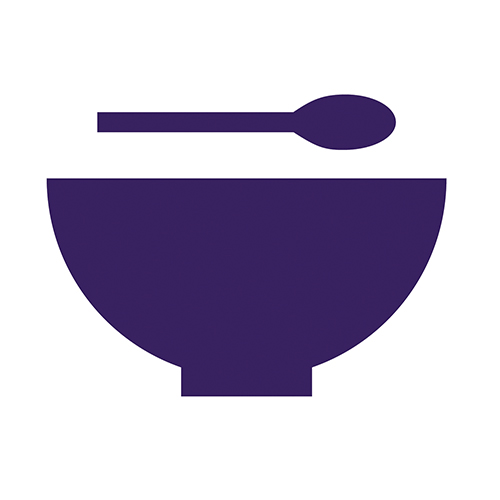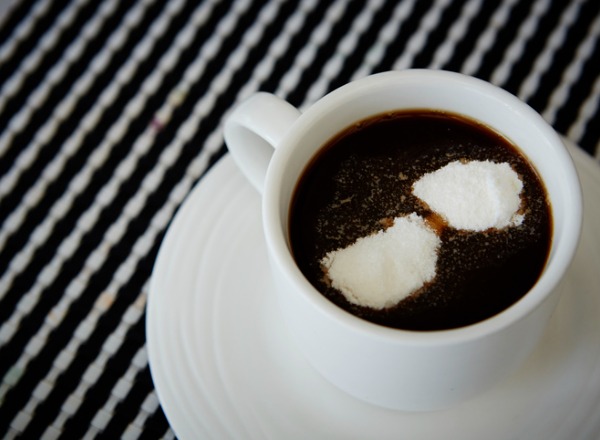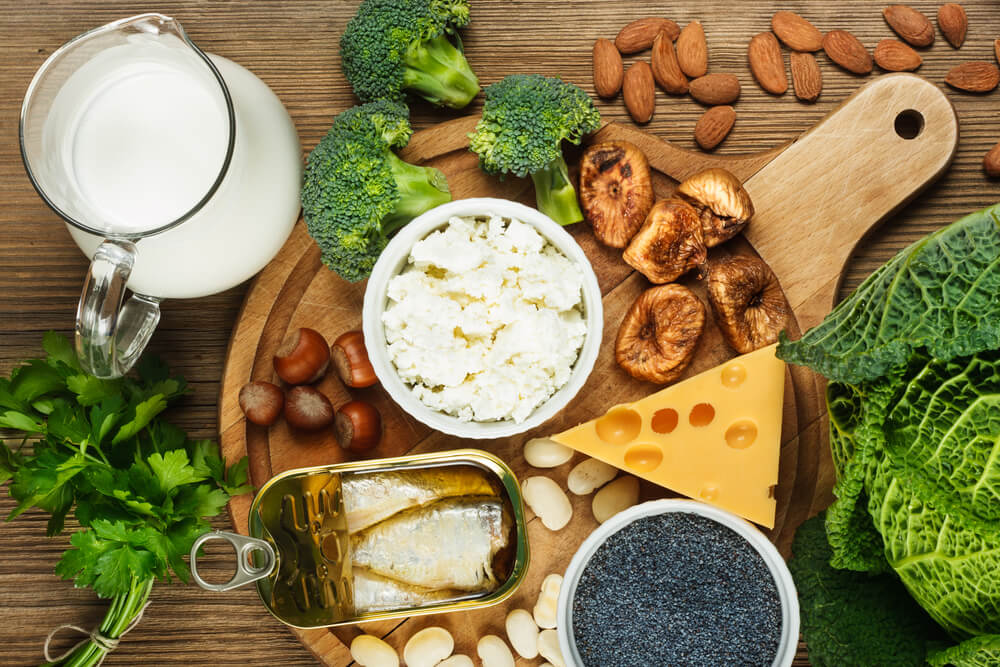Building and maintaining strong bones is important as we age. Including nutrient-rich milk and dairy products in your diet can be a beneficial way to support your bone health. Powdered milk is an easy, versatile and budget-friendly option to add dairy to your meals.
What is powdered milk?
Powdered milk is liquid milk that has been pasteurized and then dried through an evaporation process. Since it does not need to be refrigerated before opening, powdered milk is easy to store, has a longer shelf life, and can be added to many foods and baked goods for an added nutrient boost.
Benefits of powdered milk

Provides bone-building nutrients
Powdered milk is rich in amino acids, calcium, potassium, phosphorus and protein, which are all important for supporting bone health. Many brands are also fortified with vitamin D to help improve the absorption of calcium. The U.S. Dairy Export Council says that 100g of skimmed milk powder contains 1,300mg of calcium — the daily recommendation for adults over the age of 50.

Helps support heart health
Calcium-rich, low-fat powdered milk contains potassium and magnesium, which are helpful nutrients that assist in lowering blood pressure. Also important to your cardiovascular health is limiting your saturated fat intake. Fat-free dry milk contains just 0.2 grams of fat per serving and only 0.3 gram of saturated fat.

Gives an on-the-go option
The typical shelf life of powdered milk is 18 months if you keep the unopened package in a cool, dark and dry location. You can also freeze powdered milk and easily scoop out how much you need for each use. This allows you to take it with you on vacation, a picnic or on a camping trip. It’s also great to have on hand in single servings in case the power goes out and you can’t use your refrigerator.
Any remaining dried milk will need to be refrigerated to maintain freshness. Keep in mind that nonfat powdered milk typically lasts longer than whole milk varieties.

Offers an easy to make, cost-effective alternative to milk
Since it is not as costly to ship and store, powdered milk is often more affordable than fresh milk. You can also swap fresh milk for powdered milk in recipes by following the directions on the box.
To make powdered milk:
- Add approximately 4 Tbsp. of powdered milk to every 1 cup of water
- Use a blender to mix to prevent clumping and create a nice, smooth texture

Supports healthy weight maintenance
For those who are looking to add extra calories to their diet, powdered milk can be a beneficial way to add vitamins, protein and fat to a variety of meals.
Powdered milk can be mixed into:
- Yogurt
- Cooked cereals like oatmeal
- Mashed potatoes
- Pudding
Along with mixing powdered milk into your meals, you can also use dry milk to:
- Create a base for smoothies by mixing it with water and adding fruit, vegetables or peanut butter
- Add calories and nutrients to a post-exercise shake
- Substitute fresh milk in recipes for bread, muffins, biscuits, cookies and pancakes
- Mix into scrambled eggs or omelets
- Substituting creamer in your coffee
- Create a skin-softening bath by adding 2/3 cup powdered milk to your bathwater
Powdered milk is an easy way to add more vitamins to your diet, provide a flexible option when fresh milk isn’t available or you’re looking for a non-perishable choice on your next trip or getaway. To help you get the right foods to stay healthy, Mom’s Meals® offers delicious fully prepared meals to support your nutritional needs.



